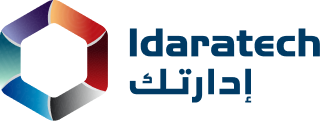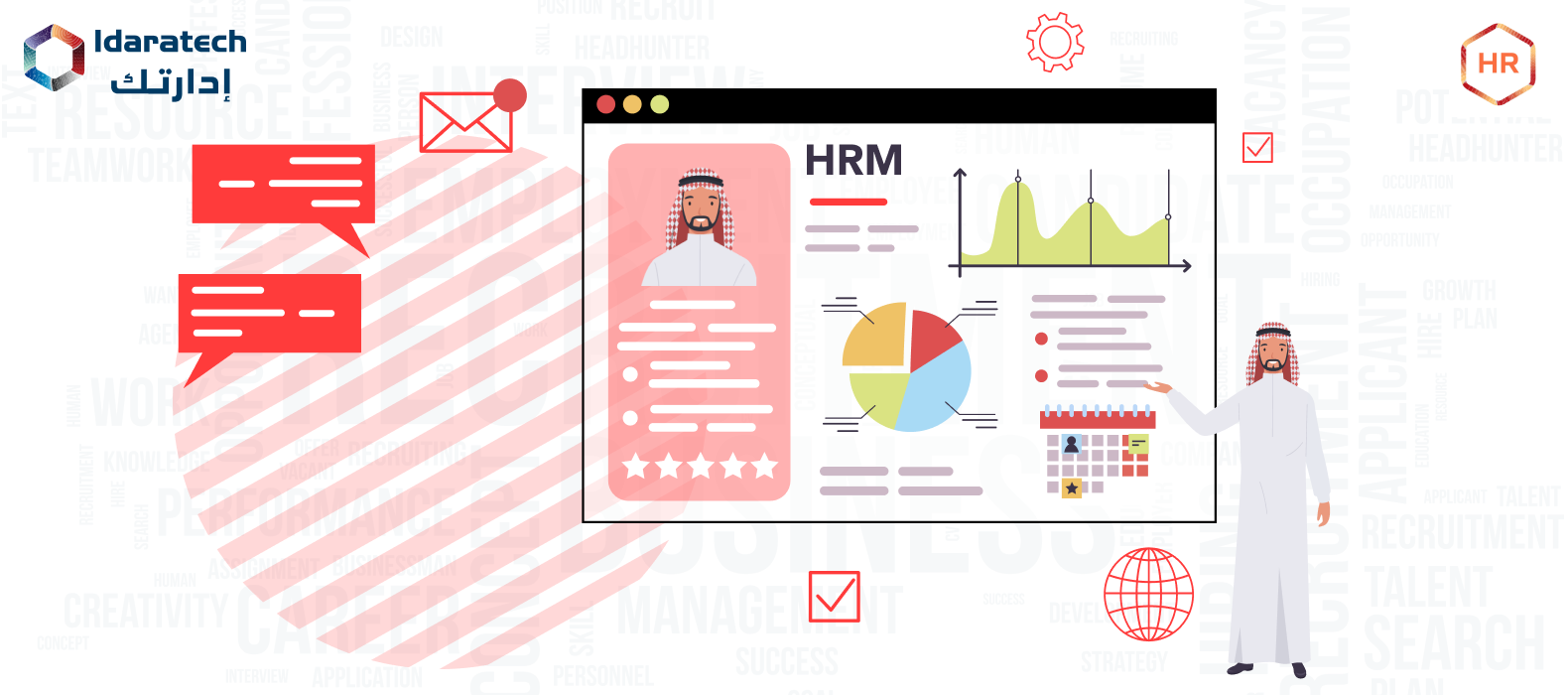A human resource management system serves as a professional’s digital personal assistant, helping to do all the boring tasks. The human resource management software helps in managing staff tasks, such as handling paperwork associated with onboarding new hires, calculating and communicating vacation time for different employees, and managing employee performance. As a result, the human resource manager can concentrate on more important and strategic tasks.
In addition, many businesses select a human resource management system because of the numerous advantages it offers. The system is one of the essential components for effectively organizing and managing the human resource department, regardless of the size of the business. Most importantly, it handles business operations as a whole without allowing for any complaints. Let’s look ahead to a few features and advantages of the human resource management system.
Human resource management software (HRMS) is the most commonly used piece of HR software. We will provide an overview of an HRMS’s primary function in this post, along with anything else you need to know to have a fundamental understanding of the HRM Software.
What Are Human Resource Management Software’s Benefits

There are numerous advantages to employing human resource management software for your organization. The ability to automate many HR activities may be its most obvious advantage, allowing your HR team to concentrate on more important responsibilities by freeing up their time. HR software can also help to increase the accuracy of your data and make it simpler to track and report on important KPIs.
The ability to increase employee satisfaction and engagement is another significant advantage of HR software. You may simplify your employees’ lives and raise their level of job satisfaction by offering them self-service choices and making it simple for them to access the information they require.
Additionally, you may increase openness and lessen the risk of misunderstandings or miscommunications by adopting HR software to expedite communication between managers and staff.
Key Considerations of an Human Resource Management Software

Using human resource management software has a number of obvious advantages, as we go over in our Digital HR Certificate Program. Because of this, businesses of all sizes use this application to support the activities of their workforce. The HR Software is the central repository for personnel information. Then, in a single system, a variety of personnel data are readily available.
1. Record-keeping
A record-keeping system called an HRM Software monitors changes to anything that has to do with employees. Regarding personnel information, the HRMS can be viewed as the only reliable source.
2. Efficiency
It improves accuracy and reduces time spent searching for this data to have it all in one location. Certain businesses still keep many pieces of physical documents containing employee information. It can take a lot of staff time to find the proper sheet and folder.
3. Compliance
For compliance-related purposes, some data is gathered and kept. This contains information on how to identify personnel in the event of theft, fraud, or other wrongdoing, first responder contacts in the event of accidents, citizen identifying details for the tax office, and mandatory certification expiration dates. The HRMS can store all of this data. In accordance with GDPR requirements, data must be maintained properly and securely.
4. HR Self-Service
The ability to provide managers and employees with self-service HR is a last advantage. Employees can now handle their own business as a result. A positive employee experience can be provided by the HRMS when implemented properly. Not all HRMS systems provide this in a user-friendly way, so keep that in mind!
5. HR Approach
Data tracking is essential to enhance business and HR strategy and is made possible by the HRM Software. The HRMS enables the tracking of data needed to develop business and HR strategies. Different types of data will be necessary to track depending on the organization’s priorities. Here is where the HRMS really excels.
Working with an HRS provides many advantages for the company, HR, and the individual. When you have 30 to 50 employees, utilizing an HRMS gets fascinating. As a result, it is now necessary to standardize straightforward processes like authorizing employee vacation days because managing this fundamental data in Excel has grown to be time-consuming. Using HRMS is particularly advantageous for large companies, which frequently use more sophisticated HRS systems to serve various HR functions. A more simple HRS would be appropriate for all types of businesses.
Conclusion
Systems used in an organization’s other systems can be connected with HR software to offer useful data. Data can be retrieved from HR software using custom connectors, and some third-party programs have pre-built integrations available through partner integrations. A perfect HR system software would also support instructor-led training and online courses in addition to the elements already mentioned. Courses are automatically assigned based on established rules. A company’s effective operation can be ensured by evaluating an HR system based on each of these factors.
Regardless of the amount of employees, human resource management software is a must for every organization. The HR solution should ideally meet the organization’s needs and vision. We can help you in the initial stages of the decision process if you have determined that HR software is appropriate for your business. You can get in touch with us HERE if you’re interested in adopting the best HR software solution for your business.
FAQ’s
Question 1: What is human resource management software called?
Solutions like human resource software, human resources management systems (HRMS), or human resources information systems (HRIS) can help manage and optimize daily HR duties while preserving comprehensive employee and legal policy and procedure information.
Question 2: What is the purpose of HR software?
Human resources departments may automate tedious operations, save time and money, organize employee data storage, and provide data-driven reports with the use of HRM software. Paper documentation is no longer required due to HR software. Additionally, managers and staff members within a company may find human resource software useful. Some assist with activities, including time tracking, performance management, and payroll management.
Question 3: Who utilizes HR software?
Human resource management software helps businesses manage their personnel more effectively by automating HR procedures. This is made easier by HR technologies that give insights from employee data and make talent management decisions simple for HR practitioners.
Question 4: What is the life cycle of HRMS?
The development, deployment, and maintenance phases of an HRMS are referred to collectively as the “human resource management system (HRMS) lifecycle.” These phases often involve the following: requirements analysis, system design, software development, testing, deployment, and continuous maintenance and support.
Question 5: What are the advantages of using human resource management software?
One of the main advantages of using human resource management solutions is that less time is spent on administrative chores that are repetitive and have little impact. In this approach, HR departments can concentrate more on other long-term strategic duties. Due to this, organizations of all sizes and sectors have begun to adopt specialized human resource software solutions.

